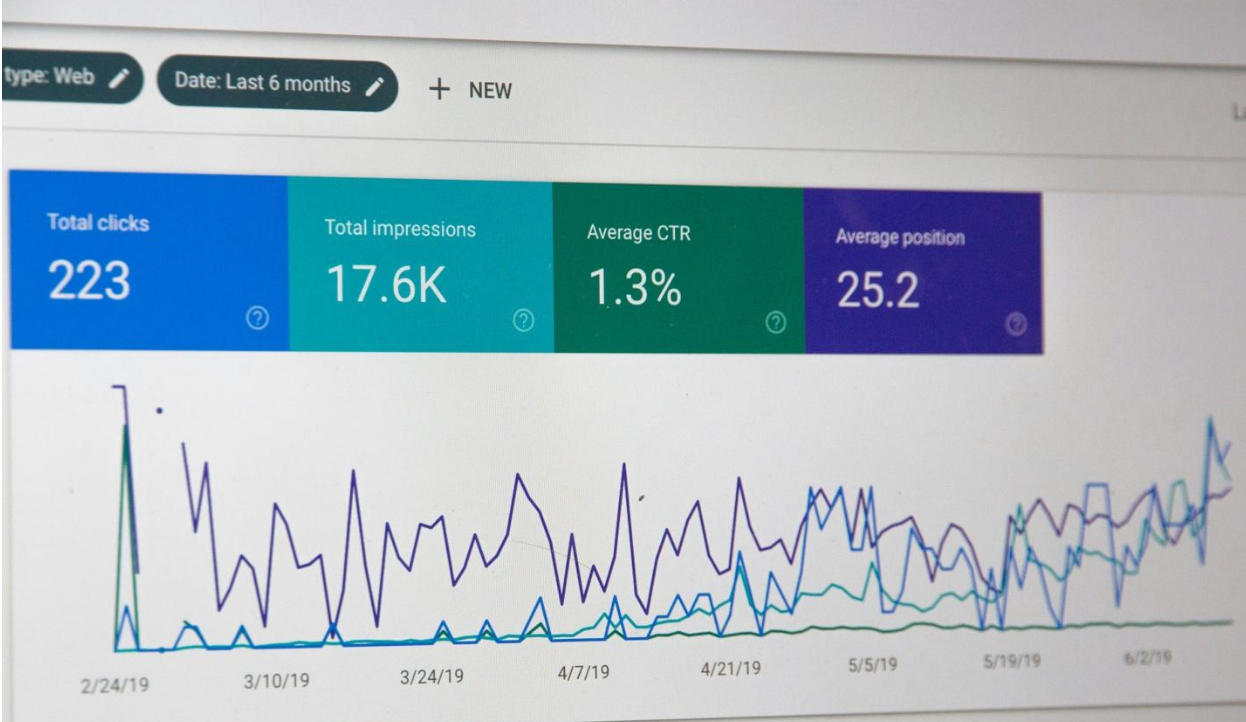The Data Dilemma
Striking a Balance between Personalization and Privacy in Digital Advertising
In today's digital era, the conversation around personal data usage, particularly in the realm of digital advertising, is more prevalent than ever. This discussion revolves around a critical balance - how can companies provide personalized experiences to consumers, while at the same time respecting consumer privacy? The heart of this dilemma lies in key terms such as opt-in consent, transparency, GDPR, CCPA, cookie deprecation, iOS 14.5, App Tracking Transparency, data minimization, value exchange, and privacy-enhancing technologies.
The Evolution of Privacy Laws: GDPR and CCPA
The General Data Protection Regulation (GDPR) and California Consumer Privacy Act (CCPA) have been pivotal in shaping the modern data privacy landscape. GDPR, a regulation in EU law on data protection and privacy, requires businesses to protect the personal data and privacy of EU citizens. It emphasizes consent, mandating that companies obtain explicit opt-in consent from users before collecting their data. Similarly, the CCPA gives California residents the right to know what personal data is being collected about them and whether it is being sold or disclosed.
The End of Cookies: Navigating Cookie Deprecation
The digital advertising industry is also grappling with the deprecation of third-party cookies. This shift, primarily driven by privacy concerns, is causing a seismic change in how companies track user behavior online. Browsers like Google Chrome are phasing out third-party cookies, compelling advertisers to find new methods to target and measure their campaigns.
iOS 14.5 and App Tracking Transparency
Apple's iOS 14.5 update introduced App Tracking Transparency, requiring apps to get the user's permission before tracking their activity across other companies' apps and websites. This feature has significantly impacted how digital advertisers collect and use data, emphasizing the need for user consent in data collection.
Embracing Data Minimization and Privacy-Enhancing Technologies
In response to these changes, there's a growing focus on data minimization and the use of privacy-enhancing technologies. Data minimization involves collecting only the data necessary to fulfill a specific purpose, thus reducing the privacy risks associated with data storage. Meanwhile, privacy-enhancing technologies enable data processing and analysis in ways that minimize the exposure of personal data, offering a path to balance personalization with privacy.
The Value Exchange and Transparency
For digital advertising to work effectively in this new era, there must be a clear value exchange. Users are more likely to share their data if they receive tangible benefits, such as personalized content or rewards. Transparency is key in this exchange. Companies need to clearly communicate how they're using data and the benefits users will receive in return.
The Path Forward: A Delicate Balancing Act
As we continue to navigate this data dilemma, the focus should be on finding a middle ground where personalization and privacy coexist. This involves adhering to regulations like GDPR and CCPA, embracing new technologies that respect user privacy, and ensuring transparency and value exchange in data collection. It's a delicate balancing act, but one that's essential for the future of digital advertising.

